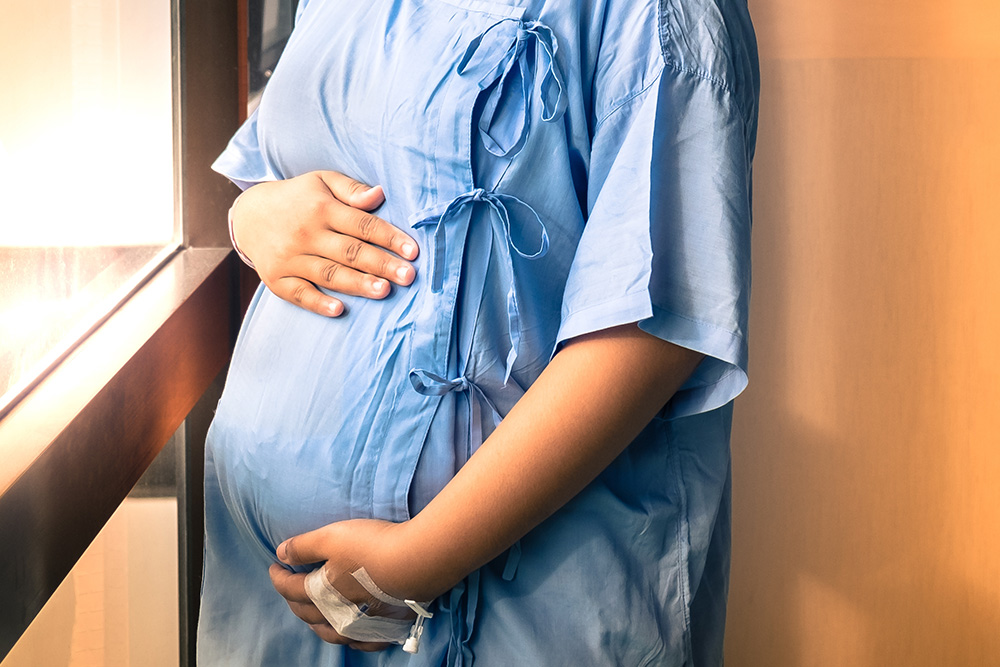News of a wanted pregnancy can be the most wonderful of tidings an expectant couple can get. In most cases, that joy continues throughout the pregnancy. However, some expectant and new parents get news of birth defects, such as spina bifida, that can dampen their joy.
Doctors and medical researchers continually work to create treatments that can help minimize the effects of these birth defects and help affected children live long, healthy lives. Recently, doctors performed the first in-utero stem cell treatment to help a fetus diagnosed with spina bifida.
What is Spina Bifida?
Spina bifida is a condition in which the spinal tube in a fetus doesn’t close. It affects about 1 in every 2,750 births in the United States. There are three main types, based on the size of the opening and whether a sac containing fluid, nerves, and/or part of the spinal column grows outside the back. Spina bifida is considered a neural tube defect, and it can cause physical and intellectual disabilities. Health issues can be mild or severe, including paralysis, water on the brain, and incontinence.
What Causes Spina Bifida?
The exact causes aren’t known, but nutrition plays a role. People who are pregnant or are trying to become pregnant should take a folic acid supplement containing 400 micrograms of this vitamin, as is contained in most prenatal vitamins. Diabetes in the mother and usage of certain prescription and nonprescription medications may also cause neural tube defects, so it is important that people who want to become pregnant work with their doctor to minimize risks. The formation of the spinal tube happens very early in pregnancy, so spina bifida may occur before a person knows they are pregnant, so prevention before pregnancy is important.
How is Spina Bifida Treated?
Often spina bifida can be diagnosed during pregnancy, but other instances aren’t apparent until birth. Surgery to close the gap and minimize damage to the nerve and the spinal column is the main treatment. Some cases can be treated with surgery in-utero, while others will need to be treated later. The longer the spine remains open, the more damage to the nerves and spine, which is why fetal surgery has been a positive development for expectant parents when it is considered an appropriate treatment method.
Why is this Stem Cell Surgery a Big Development?
Although fetal surgery can help limit spinal damage and improve outcomes, many children born after fetal surgery still require the use of wheelchairs or leg braces. The researchers at the University of California at Davis hoped the use of stem cells would help prevent paralysis. They began with animal studies on English bulldogs, a breed that is prone to spina bifida and resultant paralysis, and lambs. The treatments were successful at repairing and restoring the damaged spinal tissue more than can be done with surgery alone, and the animals treated in this way were able to walk and play almost normally, according to bioengineer and study participant Aijun Wang.
After these initial successes, the researchers at UC-Davis were ready to begin trials on humans. Three fetuses received a stem cell patch as part of their spina bifida surgery. Researchers will follow them for six years to see how well the stem cell transplant helps them. The first baby, Robbie, born in September 2021, was expected to have full leg paralysis if her spina bifida was left untreated. Her mother, Emily, was thrilled when Robbie immediately began kicking her legs and wiggling her toes after birth. As Robbie and the other children grow up, researchers will be looking to see if they are walking and potty training, in particular, because urinary complications and leg paralysis are such common effects of spina bifida.
What Does This Mean for Future Treatments?
Because this is such an early treatment and the children who participated are still being studied, it is too early to say that this will be the gold standard treatment for spina bifida going forward, but it is promising. More research needs to be done, however, on ways to use stem cells to treat this and other neural tube defects. We will be watching for further developments to help affected fetuses and children.



